"Master of light": Tissot presents the "PRC 100 Solar" and an (almost) invisible form of energy generation
"Master of light": Tissot presents the "PRC 100 Solar" and an (almost) invisible form of energy generation
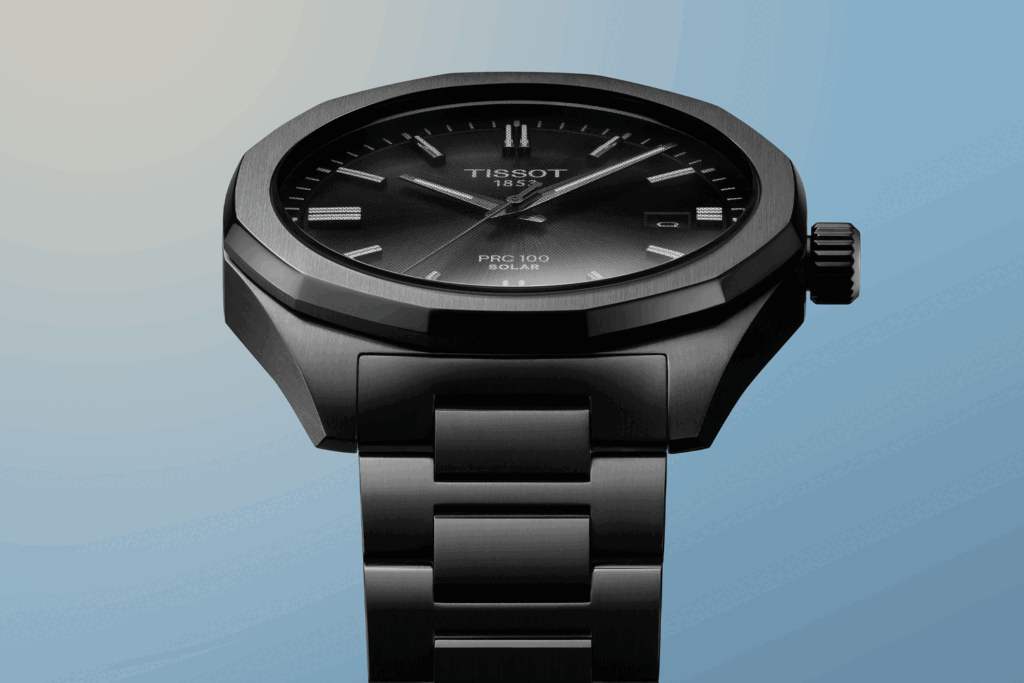
Using sunlight and artificial light to power a clock is not a new invention. Aside from the original sundials—which, however, used the shadow cast by our fixed stars rather than energy—solar-powered wristwatches have been around for decades.
However, the first light-powered watches weren't truly design highlights. The technology and the solar cells required severely limited the designers' creativity.
Several watch manufacturers have now developed their own technologies, which are both barely visible and offer greater design freedom. Tissot itself has had similar timepieces in its portfolio since 2014 with its light-powered "T-Touch" versions. Here, the solar cells are located beneath the dial—as with most other solar-powered watch manufacturers—and thus capture the light for the quartz movement and battery.
Lightmaster: Watch glass and solar cell merge into one unit
For the new "Lightmaster" technology, the Swatch Group brand has secured the support of the group's companies Nivarox (specialist in components of the oscillating system and escapement), ETA (movement manufacturer) and EM Microelectronic (specialist in energy-saving, miniaturized microchips for watches).

The group has harnessed its full industrial might to reimagine the solar watch. Tissot confidently calls the result Lightmaster—loosely translated, "Master of Light"—and even speaks of "a new chapter in timekeeping."

This has a honeycomb structure that is connected to the watch crystal. The microscopic solar cells take up less than half a square centimeter of space. The efficiency-optimized solar panel is permanently bonded to the watch crystal with a type of adhesive and, via a so-called zebra connector, transfers energy to the low-consumption Swiss-made quartz movement F06.615 for the 39-millimeter version and F05.615 for the 34-millimeter model.
The “PRC 100 Solar” impresses with its power reserve and charging speed
Excess energy is stored in a rechargeable battery, which, on a full charge, offers an impressive 14-month power reserve. In terms of charging speed, the new Tissot proves to be a real winner. Ten minutes of daylight or just under two hours of artificial light are enough for a 24-hour battery life.

Should the power ever run low, the end-of-energy indicator will signal this by setting the second hand to four-second intervals. If the watch is exposed to a light source, the hand will resume its regular rhythm after a while, depending on the light intensity. This does not affect the accuracy of the time displayed.
The honeycomb structure, which converts light into electricity, is manufactured at Nivarox in La Chaux-de-Fonds. The high-tech aspect becomes clear when you walk through the production facilities.

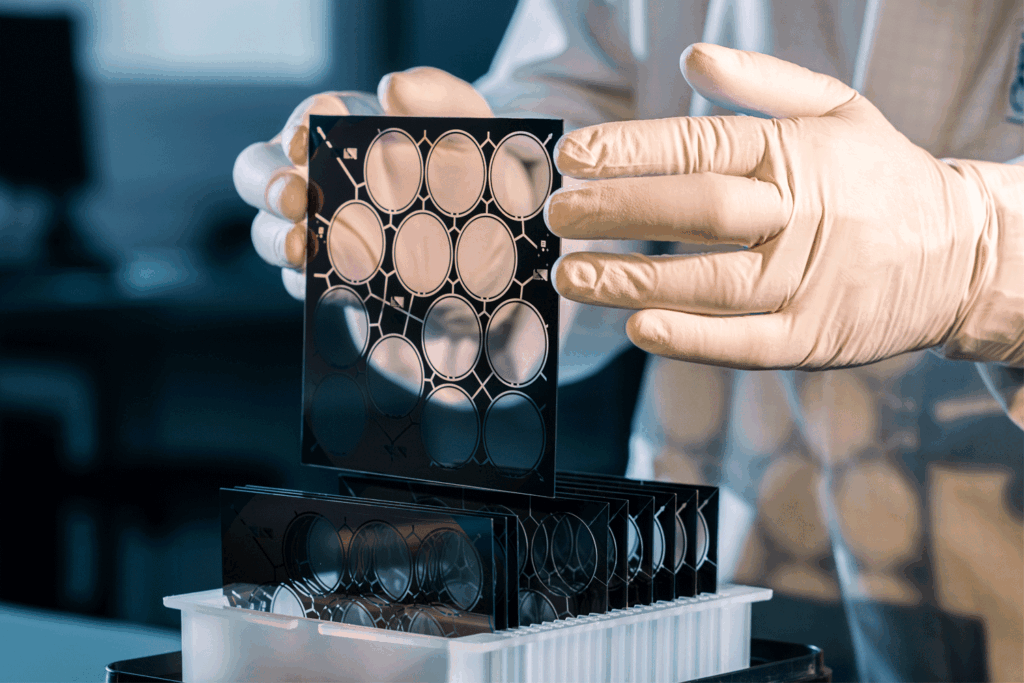

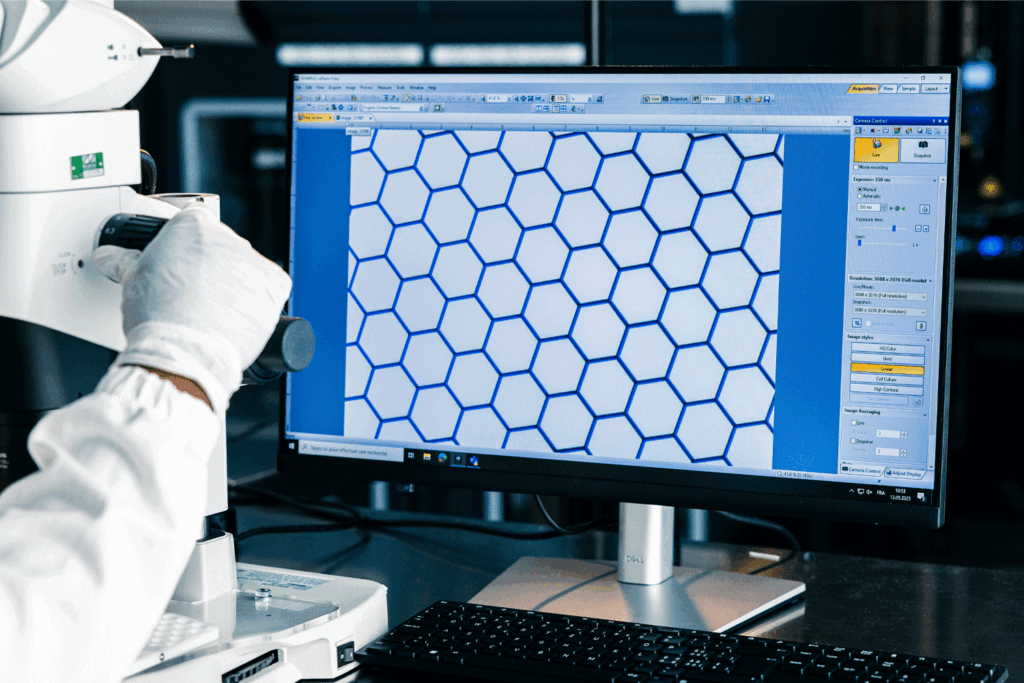
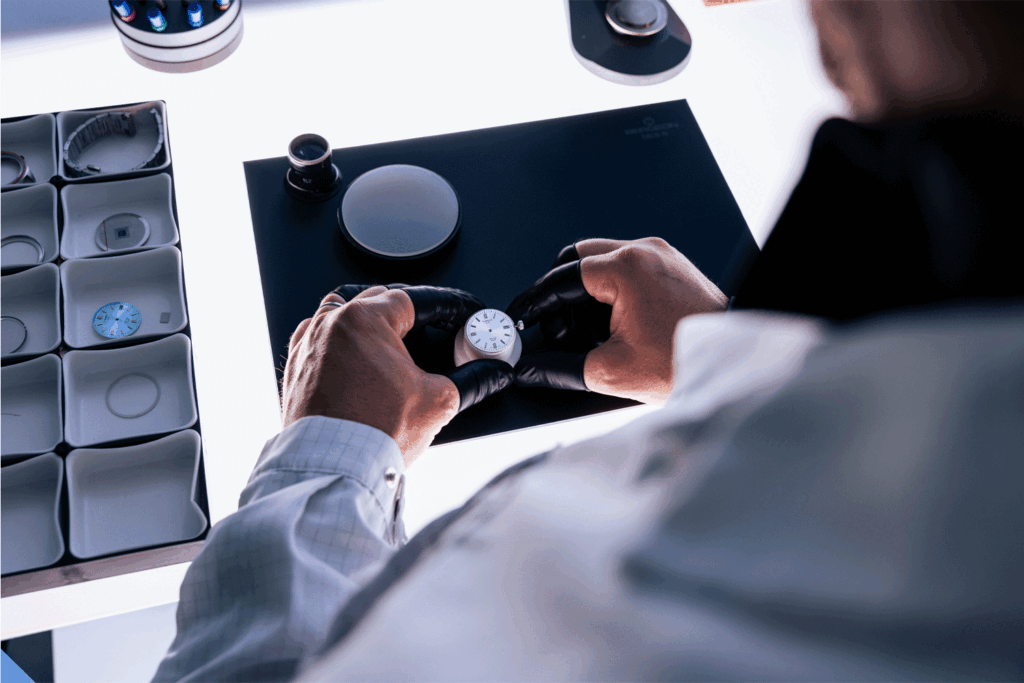
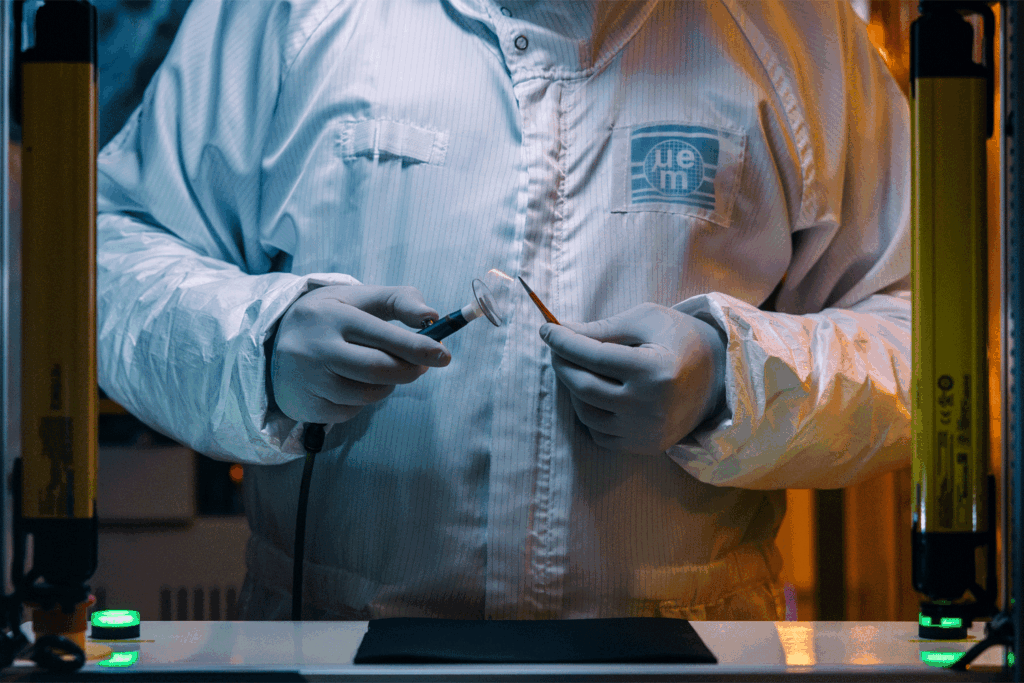
While one can still marvel at the self-developed machines without any protection, the human work on Lightmaster can only be observed through windows, behind which employees in protective clothing carry out the necessary manufacturing steps, right up to the quality control stage, where each individual watch crystal fitted with the solar structure is inspected. Only then does it reach the watch assembly line, where the "PRC 100 Solar" is created.
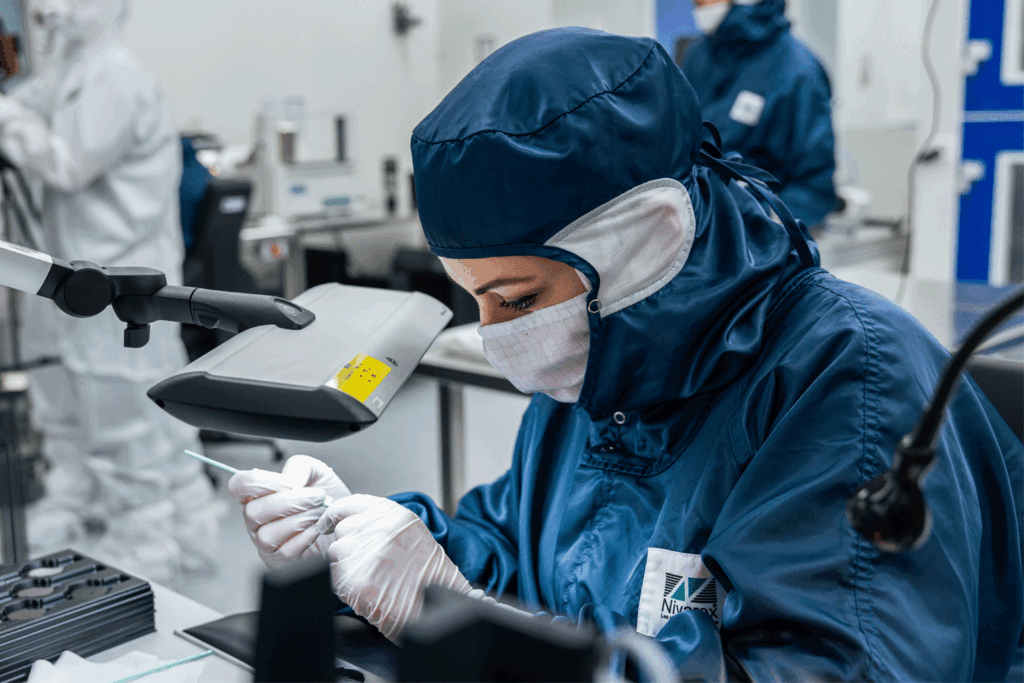
Lightmaster: Swiss technology meets Swiss design
By the way, there was no technical reason for choosing a honeycomb structure. The developers would have been happy with other shapes. However, since the solar structure can at least be guessed at depending on the light and viewing angle, the designers insisted on honeycombs. A good decision, in my opinion.
Sun, bees, flowers, honeycombs, energy-rich honey – the chain of associations is correct.
What was crucial, however, was that the solar cell structure was not placed under or on the dial, thus maintaining complete design freedom. Instead, it is now located under the watch crystal.

The first application of this "light master" technology is the new "PRC 100 Solar," a quartz watch that has renounced the replaceable battery and instead relies on a completely new honeycomb structure. Virtually invisibly, it converts energy and stores it in the rechargeable battery to power the quartz solar movement. Incidentally, light, time, and temperature have no effect on the solar panels, so wearers needn't worry about any visual changes.
Comment: Solar – it can be a little more!
Even though the Lightmaster technology doesn't limit the dial design options, Tissot is initially presenting the solar function with the new "PRC 100 Solar" models in rather simply designed timepieces from a line that first launched in the mid-2000s. And the brand is doing well, because this initial launch focuses on the technology, which can then be gradually transferred to other designs and other collections. And perhaps also to timepieces from Tissot's sister brands in the Swatch Group family.
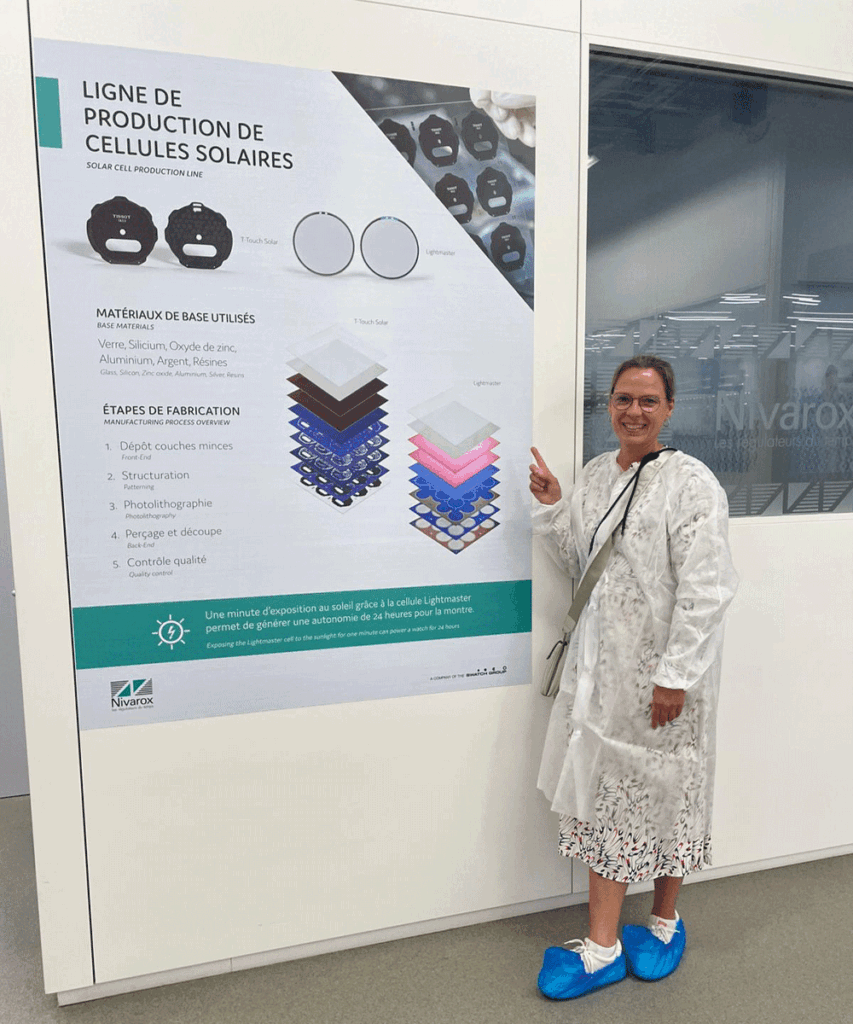
In my opinion, Tissot would be desirable to pursue a strategy similar to the one Citizen has been pursuing for many years. The Japanese manufacturer launched the world's first analog, light-powered wristwatch, the "Crystron Solar Cell," in 1976, and called the technology Eco-Drive.
This now powers the majority of the brand's non-mechanical models, saving the world millions of batteries from disposal.
Will the Swatch Group take this step, which I consider desirable? After all, the group also owns the battery manufacturer Renata. But Swatch Group CEO Nick Hayek is known for making unconventional and emotional decisions. The best example is probably the “MoonSwatch”, Omega's legendary "Moonwatch" in the guise of a "plastic" Swatch. It divided the watch community – and became a mega-success. And it draws its power from a battery.
The “PRC 100 Solar” collection
Visually, Tissot's new solar watch draws on the familiar design of the "PRC 100," introduced in the 2000s. A striking eye-catcher is the striking twelve-sided bezel, which, on the 39-millimeter model, is made of pure stainless steel or with a black PVD coating to match the case. This surrounds a sunburst dial in silver, deep blue, or black.

The "PRC 100 Solar" is secured with a leather or stainless steel strap. Thanks to the quick-change system, you don't have to commit to one option.
The larger model, like the 34-millimeter "PRC 100 Solar," is water-resistant to 10 bar. The latter features a case, bracelet, and bezel made entirely of stainless steel, combined with PVD rose gold elements, or entirely in PVD yellow gold. Tissot chose silver, light blue, and gold for the dial.

In the dark, the “PRC 100 Solar” not only continues to run unaffected thanks to its power reserve, it also glows at night thanks to Superluminova on the hands and indices.
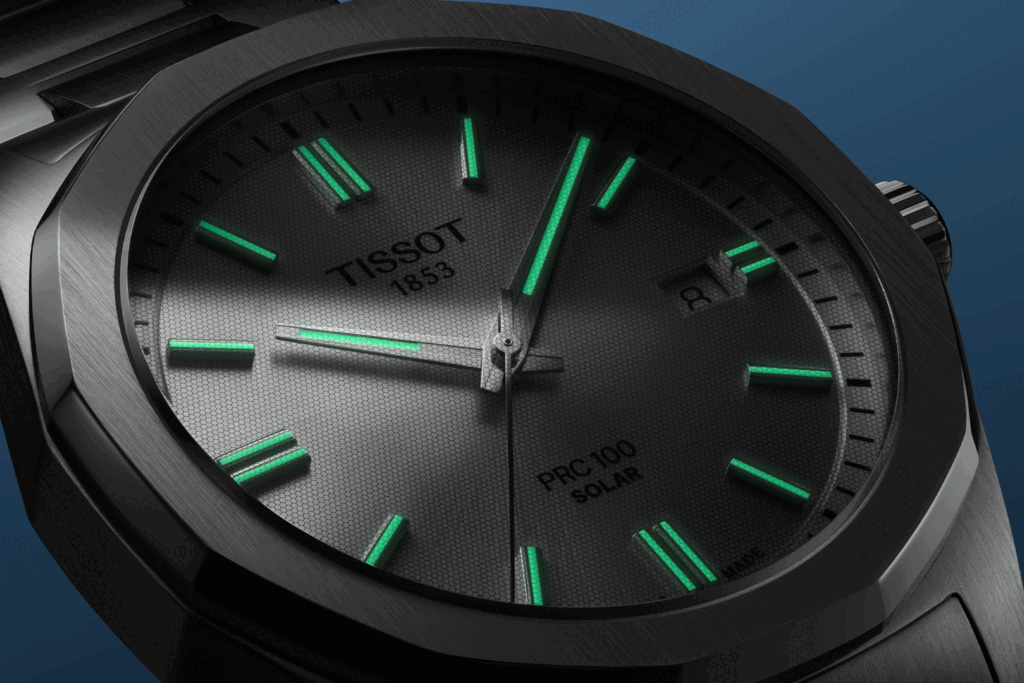
(RRP 445-545 €)







